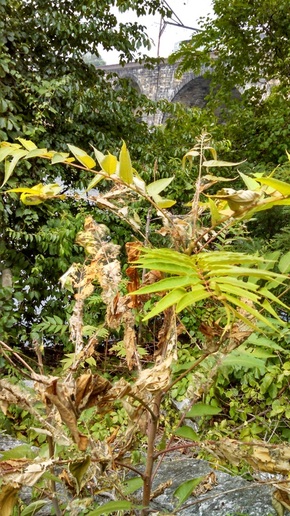 Today’s tree is a member of a species that’s invasive in the US. This means that someone brought trees over from another country (or continent), and since they were introduced, they spread and now compete with many native species. This can be a problem because native tree species often have special long-term relationships with native birds, animals or insects. New invaders don’t typically have those relationships, so they can act like homewreckers when they push native species aside and interrupt some of the family bonds in the forest community. I’ll admit, this little guy doesn’t look very threatening. Half his leaves are brown, and his branches are covered with webs. It’s a small tree of heaven (Ailanthus altissima), growing by the bike path along the Schuykill River in Philly. That’s a typical spot to find a tree of heaven, which originally came over from Asia. They do well in kind of run down areas, where there’s a lot of human traffic. Their leaves smell skunky when you crush them, and because they spread and grow fast they can be a nuisance. I’ll leave it to you to look up nicknames for this tree, but the Chinese name means "foul smelling tree". Now there is a new invader in town. This tree is being feasted on by a group of Ailanthus webworm caterpillars, two of which you can see below. This is a first sighting for me! They turn into orange, white and black moths, and migrate north in the summer to find food like this. While they’re not from the same place as tree of heaven (they’re thought to come from S. Florida and Central America), they seem to like it just fine. As they say, the enemy of my enemy is my friend. I’ll be rooting for the Ailanthus webworm to stick around more and make a dent in the tree-of-heaven population. Keep an eye out, and you might notice them around you too.
0 Comments
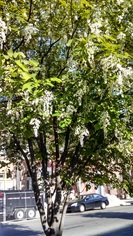 This spring I came upon a tree I didn’t recognize in my Philadelphia neighborhood. It was pumping out a sweet smell from showy flowers, and it grabbed my attention. When I find a tree I can’t identify in the city, I usually assume it’s an ornamental species that’s been imported from another country. That’s pretty common. Who doesn’t want to plant something exotic that none of the neighbors have? But in this case, my assumption was wrong. American yellowwood, Cladrastis kentukea in Latin, is a species native to the United States! How could I have missed such a distinctive tree?
Yellowwood is a legume, which means it’s in the same family as peas. If you’ve ever grown peas or beans in your garden, the shape of the little flowers in these hanging, white clusters will look familiar. I thought this might mean that yellowwood trees have the special ability to harvest nitrogen, like peas do, but it sounds like they didn’t inherit this family trait. Yellowwood do have seeds that grow in pods, just like peas. You can see some of the pods below. Both the flowers and the seeds appear in abundance every few years. Next time I get asked for a tree recommendation for someone’s yard, it’s going to be yellowwood!
|
AuthorI'm a scientist who studies forests. I often need to measure lots of trees to understand why forests change. I think about trees a lot, and sometimes they just become numbers to me: how tall are they? how many are there? how many boards can you get out of them? Archives
October 2015
Categories |
Proudly powered by Weebly
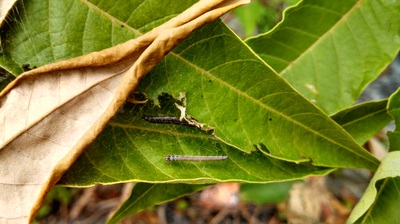
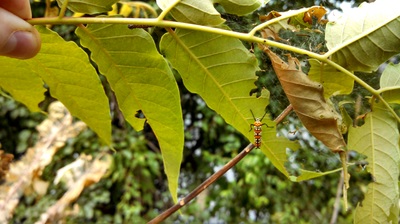
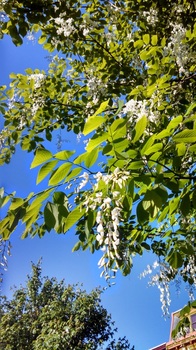
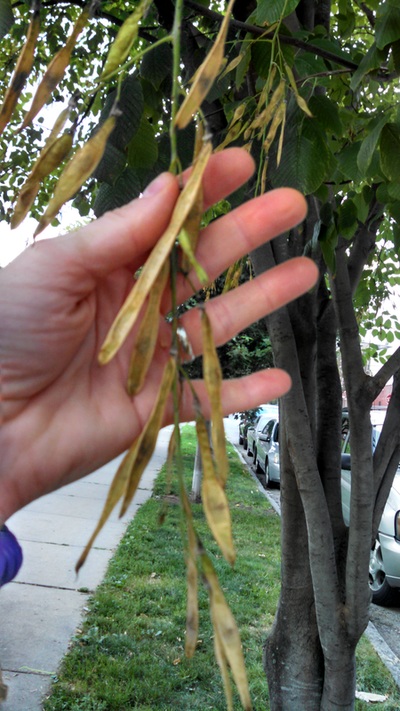

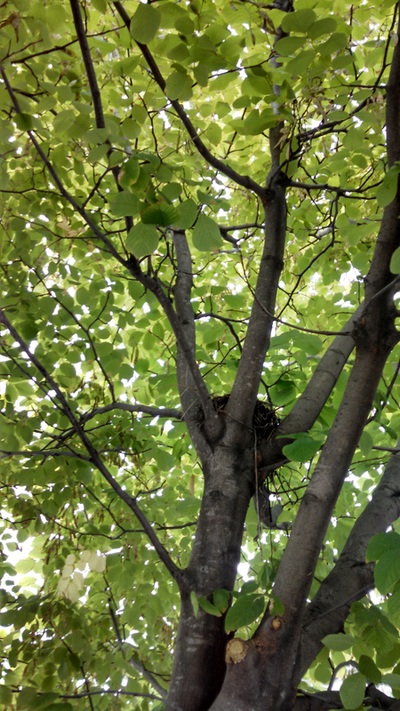
 RSS Feed
RSS Feed